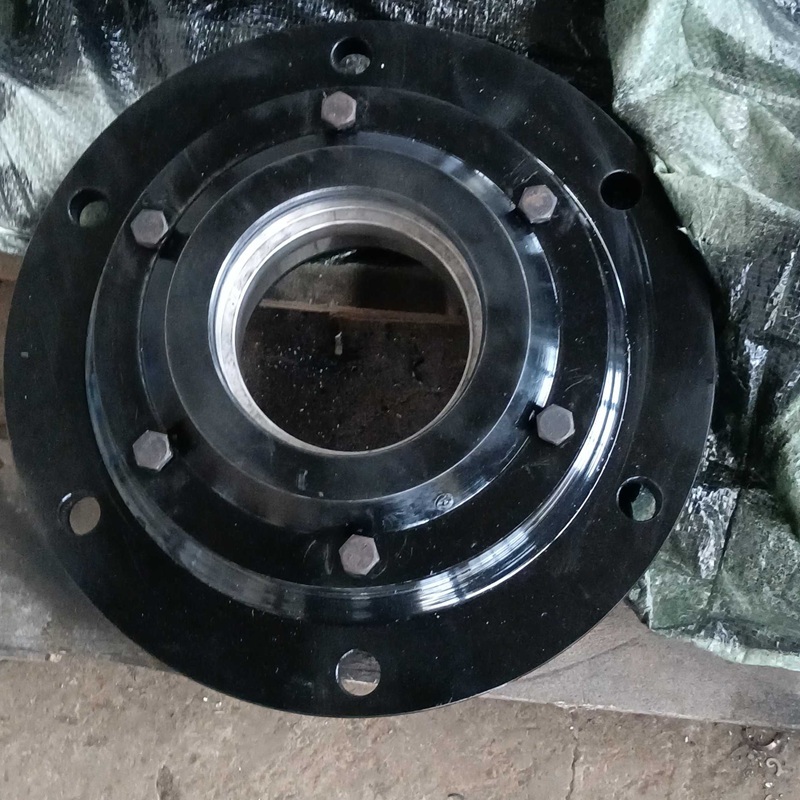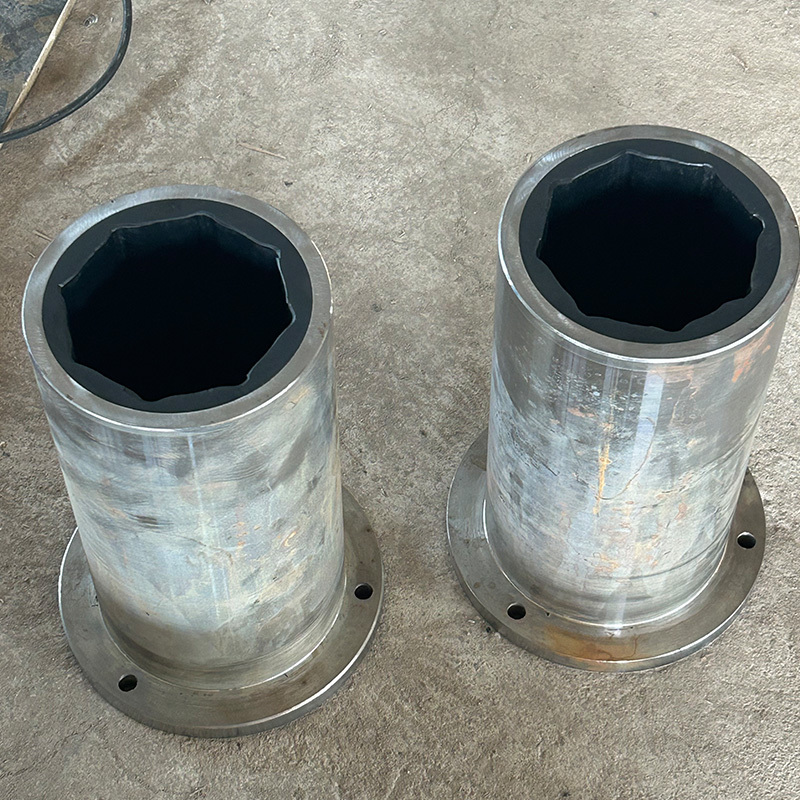Exploring Different Types of Propeller Shafts for Your Vessel: A Comprehensive Guide
Release Time:
Apr 27,2025
Exploring Different Types of Propeller Shafts for Your Vessel Table of Contents Understanding Propeller Shafts Importance of Propeller Shafts in Marine Vessels Material Types for Propeller Shafts Different Designs of Propeller Shafts Key Factors in Choosing Propeller Shafts Maintenance of Propeller Shafts Common Issues with Propeller Shafts Frequently Asked Que
Exploring Different Types of Propeller Shafts for Your Vessel
Table of Contents
- Understanding Propeller Shafts
- Importance of Propeller Shafts in Marine Vessels
- Material Types for Propeller Shafts
- Different Designs of Propeller Shafts
- Key Factors in Choosing Propeller Shafts
- Maintenance of Propeller Shafts
- Common Issues with Propeller Shafts
- Frequently Asked Questions
- Conclusion
Understanding Propeller Shafts
Propeller shafts are critical components in marine vessels that transfer power from the engine to the propeller, enabling the vessel to move efficiently through water. They are often subjected to extreme conditions, including high torque, corrosion from seawater, and significant wear over time. A thorough understanding of the types of propeller shafts available is essential for selecting the best option for your vessel's needs.
Functionality of Propeller Shafts
The primary function of a propeller shaft is to transmit rotational energy from the engine to the propeller. This energy transfer plays a vital role in the vessel's propulsion system, affecting speed, maneuverability, and fuel efficiency. The design and construction of the propeller shaft must ensure minimal energy loss during this transfer while also maintaining durability.
Importance of Propeller Shafts in Marine Vessels
The significance of propeller shafts extends beyond mere propulsion. They ensure stability, minimize vibration, and contribute to the overall safety of the vessel. Understanding the nuances of different types of propeller shafts can help vessel owners maximize their performance and longevity.
Safety and Efficiency
A well-designed propeller shaft not only enhances performance but also improves safety by reducing vibrations that can lead to mechanical failures. Additionally, efficient energy transfer minimizes fuel consumption, making the vessel more economical to operate.
Material Types for Propeller Shafts
The materials used in constructing propeller shafts significantly impact their performance and durability. Key materials include:
Stainless Steel
Stainless steel is a popular choice due to its excellent corrosion resistance and strength. It is suitable for vessels operating in both freshwater and saltwater environments. Stainless steel propeller shafts can withstand heavy loads and provide a long service life.
Aluminum
Aluminum is lighter than stainless steel, making it an ideal option for smaller vessels where weight is a concern. However, it is less durable than stainless steel and may require more frequent maintenance to prevent corrosion.
Composite Materials
Composite propeller shafts are gaining popularity due to their lightweight and strong characteristics. They are often used in high-performance vessels, offering reduced vibration and improved fuel efficiency. Composite shafts are also resistant to corrosion and require minimal maintenance.
Different Designs of Propeller Shafts
Propeller shafts can be categorized based on their design, which influences their performance and application. The two primary designs are:
Solid Propeller Shafts
Solid propeller shafts are a single piece of material, providing robust strength and durability. They are less prone to bending or breaking and are commonly used in larger vessels where strength is paramount.
Hollow Propeller Shafts
Hollow propeller shafts are lighter and can offer significant advantages in terms of weight distribution. They can also be designed to accommodate additional components, such as a propeller hub or bearings, making them suitable for specific applications.
Key Factors in Choosing Propeller Shafts
Selecting the right propeller shaft for your vessel requires careful consideration of several factors:
Vessel Type and Size
The type and size of your vessel play a crucial role in determining the appropriate propeller shaft. Larger vessels typically require more robust shafts to handle higher torque loads, while smaller boats may benefit from lighter materials.
Operating Conditions
Consider the operating environment of your vessel. If it will primarily operate in saltwater, corrosion-resistant materials like stainless steel or composites are essential. For freshwater applications, aluminum may suffice.
Maintenance Requirements
Different materials and designs have varying maintenance needs. Understanding these requirements can aid in selecting a propeller shaft that aligns with your maintenance capabilities and frequency.
Maintenance of Propeller Shafts
Regular maintenance is vital for extending the lifespan of your propeller shaft and ensuring optimal performance. Key aspects of maintenance include:
Inspection
Routine inspections should be conducted to identify any signs of wear, corrosion, or damage. Early detection of issues can prevent more severe problems down the line.
Cleaning
Cleaning the propeller shaft regularly helps prevent buildup that can affect performance. In saltwater environments, flushing the shaft with fresh water after use is crucial.
Lubrication
Proper lubrication of bearings and seals is necessary to minimize friction and wear. Check manufacturer recommendations for the appropriate lubricants and intervals.
Common Issues with Propeller Shafts
Despite careful selection and maintenance, propeller shafts can encounter several common problems:
Corrosion
Corrosion is a prevalent issue, particularly in saltwater. Regular inspections and maintenance can help mitigate this risk.
Bending and Misalignment
Bending or misalignment of the propeller shaft can lead to vibrations and reduced performance. Ensuring proper installation and alignment during maintenance is critical.
Wear and Tear
Like any mechanical component, propeller shafts are subject to wear and tear over time. Regular inspections can help identify the need for replacement before failures occur.
Frequently Asked Questions
What is the average lifespan of a propeller shaft?
The lifespan of a propeller shaft can vary widely based on material, usage, and maintenance. Generally, stainless steel shafts can last 10-15 years with proper care, while aluminum shafts may require replacement every 5-10 years.
How often should I inspect my propeller shaft?
It is recommended to inspect your propeller shaft at least once a year, with more frequent checks if operating in harsher environments or higher workloads.
Can I replace a propeller shaft myself?
While it is possible to replace a propeller shaft as a DIY project, it requires a good understanding of marine mechanics. If unsure, consulting with a professional is advised.
What are the signs of a failing propeller shaft?
Signs of a failing propeller shaft include unusual vibrations, noise during operation, and visible signs of wear or corrosion.
Are composite propeller shafts worth the investment?
Yes, composite propeller shafts can offer significant benefits in terms of weight reduction and corrosion resistance, making them a worthwhile investment for specific applications.
Conclusion
In conclusion, understanding the different types of propeller shafts is essential for vessel owners and marine engineers alike. By considering the materials, designs, and maintenance practices discussed in this guide, you can make informed decisions that enhance your vessel's performance and longevity. Investing time in selecting the right propeller shaft will pay off in terms of efficiency, safety, and overall satisfaction on the water. Whether you're navigating calm lakes or the open sea, the right propeller shaft will ensure your vessel is equipped for success.
Keywords:
More information




